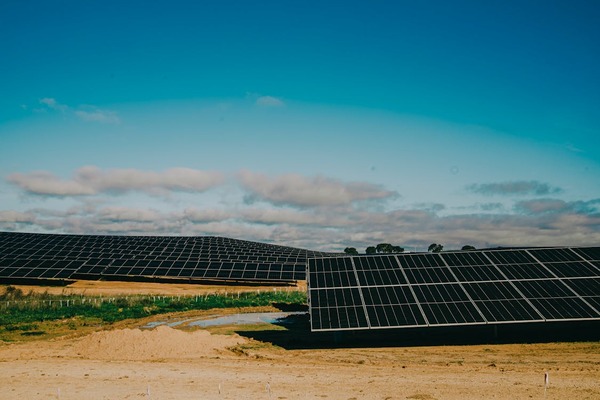The South African government has officially adopted the South African Renewable Energy Master Plan (SAREM). The announcement was made by the Department of Mineral Resources and Energy (DMRE) in last week of March. The plan focuses on growing the renewable energy and battery storage industry by the year 2030.
SAREM is an industrial development plan. It aims to support local production, create jobs, and shift the country’s electricity supply from fossil fuels to renewable sources.
The plan outlines a few goals. These include expanding renewable energy projects, growing the local industry for related equipment, creating jobs, building local skills, ensuring industry-wide transformation, and helping move South Africa toward a lower-carbon energy system.
The South African Photovoltaic Industry Association (SAPVIA) took part in the plan’s development. SAPVIA’s CEO said the adoption is a result of a shared effort by many different stakeholders.
While most attention has focused on the production of solar panels and modules, the plan also points to smaller local opportunities. These include producing mounting equipment, tracking systems, inverters, and other parts needed for solar plants.
Apart from national efforts, there are also smaller renewable energy projects in various provinces. In Northern Cape, a local project is testing solar-powered water pumping systems for off-grid farms. In KwaZulu-Natal, a pilot programme is using rooftop solar systems to power rural schools and clinics. These systems range from 10 kilowatts to 100 kilowatts per site. Some are paired with battery systems to store electricity during outages.
In the Eastern Cape, local municipalities are working on small-scale waste-to-energy initiatives. These use organic waste to produce biogas and generate electricity for nearby communities. The installed capacity of these systems is around 200 kilowatts each.
In addition, community-run solar cooperatives have been started in parts of the Western Cape. These cooperatives aim to share power within neighbourhoods, using 50–500 kilowatt solar setups connected to shared battery banks.


